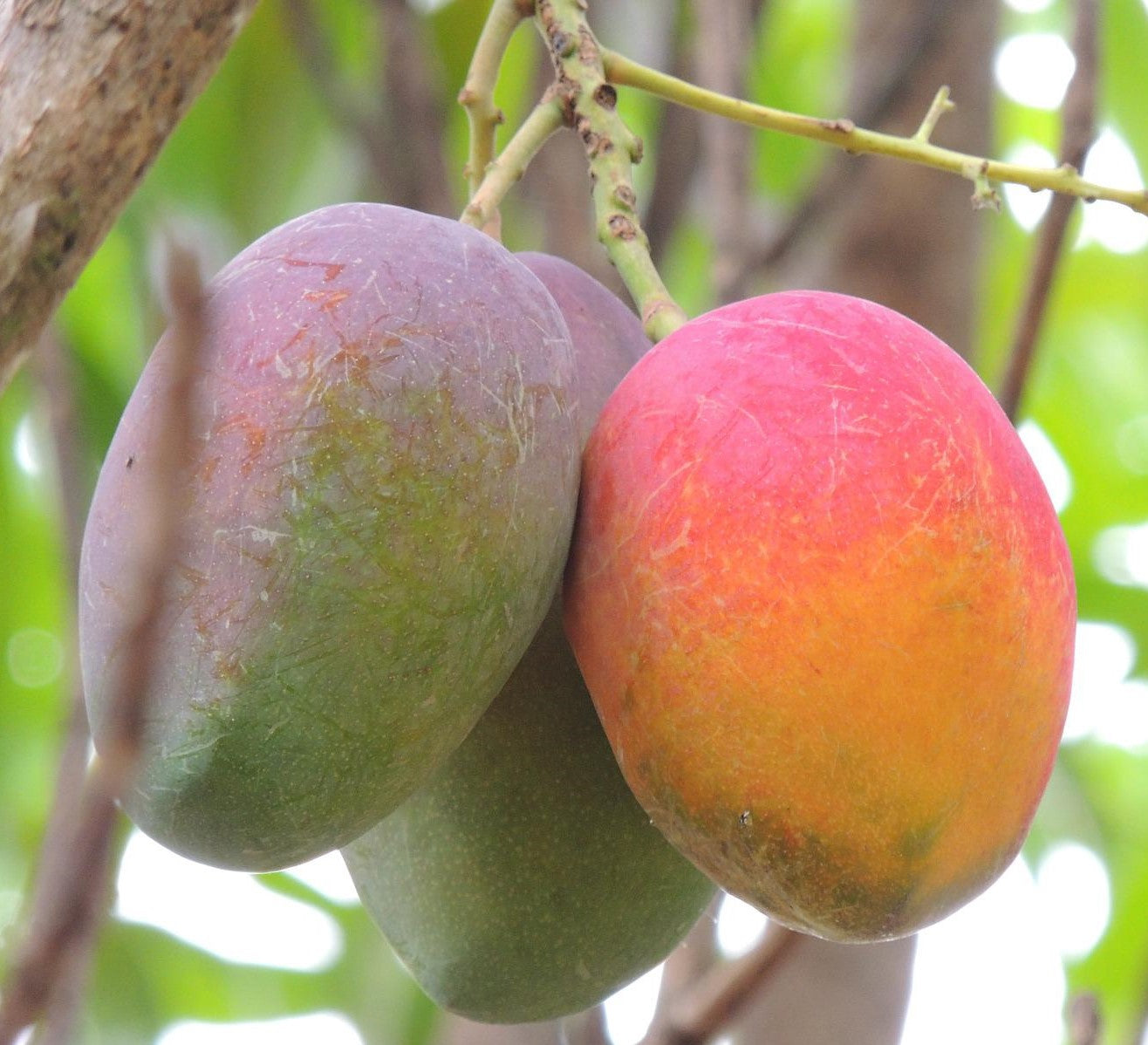When it comes to gardening and culinary adventures, there's something truly enchanting about growing and enjoying rare and unique fruits and vegetables. One such treasure that deserves more recognition is the Talayote squash, scientifically it is in the Cynanchum Genus. This remarkable vegetable, with its vibrant history and delicious taste, is a hidden gem in the world of gardening and gastronomy. In this blog, we'll delve into the fascinating world of the Talayote squash, its history, cultivation, and how you can bring this rarity into your own garden.
A Rare Find: The Talayote Squash
Talayote squash is a rare and exotic vegetable native to the Mediterranean region. Also known as "Cynanchum," it belongs to the family Apocynaceae and its flavor resembles to the famous Chayote squash. The Talayote squash offers an array of culinary possibilities, making it a prized addition to any garden.
Cultivation and Growth
Cultivating the Talayote squash may seem challenging, given its rarity, but with the right care and attention, you can enjoy a bountiful harvest of this delectable vegetable. Here are some key factors to consider when growing Talayote squash:
-
Climate: Talayote squash thrives in a Mediterranean climate, characterized by mild winters and warm summers. It's important to provide ample sunlight and warmth for optimal growth.
-
Soil: Well-drained, nutrient-rich soil is essential for the successful cultivation of Talayote squash. Ensure your soil is loose and fertile to support healthy root development.
-
Planting: You can grow Talayote squash from seeds or by purchasing a live starter vine. If you choose the latter, a great source to consider is Grow Your Own Food Nursery, where you can find organic live plants ready to be planted in your garden.
-
Watering: Keep the soil consistently moist, but not waterlogged. Proper irrigation is crucial, especially during the growing season.
-
Support: Talayote squash vines can grow quite long and need support. You can use trellises, stakes, or fences to provide the necessary structure for the vines to climb.
-
Pruning: Regularly prune your Talayote squash plants to encourage healthy growth and better air circulation.
Culinary Delights: How to Enjoy Talayote Squash
One of the most exciting aspects of growing Talayote squash is the culinary adventure it offers. This versatile vegetable can be enjoyed in various ways, both raw and cooked. Here are some delicious ideas:
-
Raw: Talayote squash can be thinly sliced and added to salads for a refreshing, crunchy texture.
-
Steamed or Boiled: Steam or boil Talayote squash to enjoy it as a side dish, seasoned with herbs and butter.
-
Stir-Fry: Include Talayote squash in your favorite stir-fry recipes for a unique twist on traditional dishes.
-
Roasted: Roasting Talayote squash with olive oil, garlic, and your favorite seasonings brings out its natural sweetness and adds depth to your meals.
-
Pickling: You can pickle Talayote squash for a tangy and crunchy addition to sandwiches or as a condiment.
-
Stuffed: Hollow out the Talayote squash and stuff it with a flavorful mixture of your choice, then bake until tender.
The Talayote squash is a hidden culinary treasure waiting to be discovered and enjoyed by adventurous gardeners and food enthusiasts. With its unique flavor and versatility, it can elevate your dishes and add excitement to your garden. Whether you're an experienced gardener or a beginner, consider adding this rare gem to your gardening repertoire. To get started, check out Grow Your Own Food Nursery for organic live plants and embark on your journey to grow and savor this delectable delicacy. Happy gardening and happy cooking!

